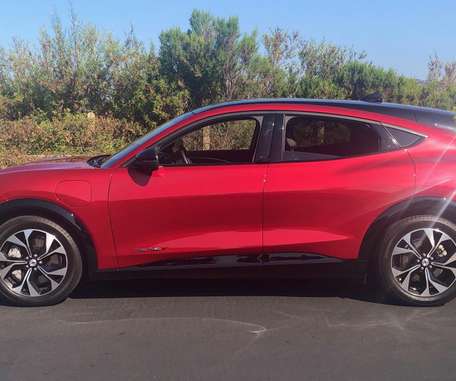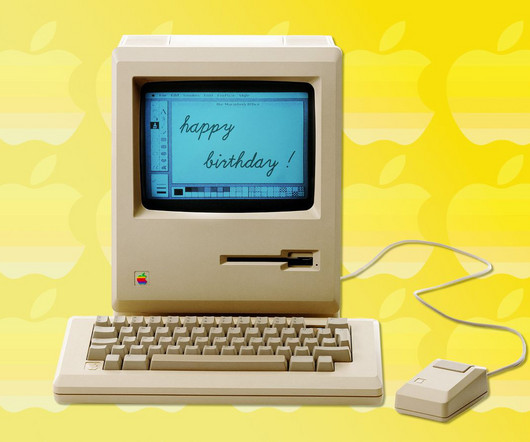Feature: Are Eco-Friendly Cars Expensive to Own?
Clean Fleet Report
JULY 9, 2022
Despite higher upfront costs, eco-friendly vehicles are better for not only the planet, but also your wallet. A study conducted by a team at the Massachusetts Institute of Technology (MIT) compared the lifetime costs of owning a gas-powered vehicle versus that of owning an eco-friendly vehicle. Hybrids and EVs can cost you less.












Let's personalize your content